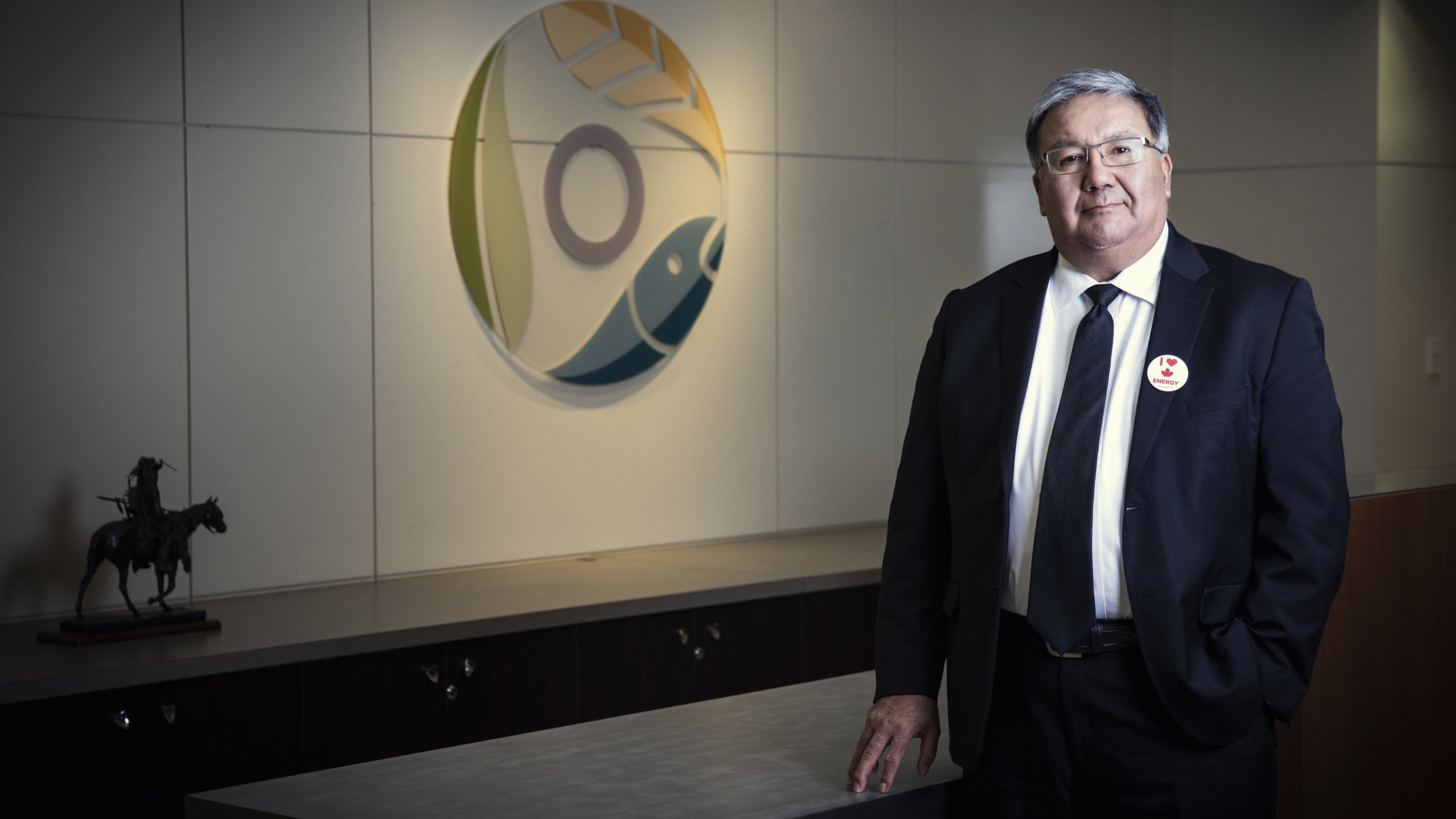
For far too long, governments and the energy industry have sat back passively and allowed coordinated groups plotting the speedy demise of oil and gas to strike first and take advantage of the poverty and desperation many on-reserve Indigenous people experience.
As a result, some of our youth looking for meaning in their lives have become activists against – rather than advocates for – responsible oil and gas development.
Instead of putting on work boots and making a good living from the sector, some young people are paid by ENGOs to protest at blockades and aggressively challenge authorities.
These acts of defiance give those who want to shut down the industry the distortion they are looking for to make it appear there is widespread Indigenous opposition to oil and gas. This is despite the extensive support the vast majority of Indigenous communities and leadership have towards these projects.
This is a travesty considering the incredible opportunity the energy sector offers to pull our next generation out of poverty and what our people can do to help change the global image of Canada’s energy sector.
Indigenous workers earn, on average, more than twice as much in oil and gas jobs as they do in other industries – nearly $98,000 versus $44,000 according to 2018 Statistics Canada data.
Extensive research work by the Canadian Energy Centre analyzing the positions of some 250 First Nations in B.C. and Alberta likely to be impacted by oil and gas development found that a significant number were in either in support or offered no objection, compared to a mere handful that were opposed.
Yet, despite an increasing level of Indigenous partnerships on major projects and bids for by some First Nations leaders to take majority stakes in projects such as the Trans Mountain Pipeline, the sector continues to lose the reputation war when it comes to perceived Indigenous support.
That is why, it is vital Indigenous opportunity and community advocacy be at the heart of a new strategy to “rebrand” Canada’s energy sector identified in the anti-energy inquiry led by Commissioner Steve Allan.
Make no mistake, good work has been done through such things as the creation of the Alberta Indigenous Opportunities Corporation, work of the Indian Resource Council, improved efforts by companies to consult meaningfully and offer more opportunity to communities and dozens of well researched, well-written pieces and Indigenous advocacy work by groups such as the Canadian Energy Centre.
However, we are all – as the report suggests – still working in too much of a silo to be able to win this information war.
It is time for a much more sophisticated strategy that matches the efforts of the sector’s detractors and brings greater synchronicity and purpose to all of our efforts to demonstrate to the world we are committed partners in prosperity.
I am convinced we have the right organizations who can get this done. However, a successful energy “rebrand” means we must work with the same urgency of those who are trying to shut us down.
The Canadian Energy Centre is vital to this effort.
You can be assured that the majority of Indigenous leaders in this country are willing and prepared to stand united with our partners for the reputation of our energy sector.
Dale Swampy is a member of the Samson Cree Nation and President of the National Coalition of Chiefs.
The unaltered reproduction of this content is free of charge with attribution to Canadian Energy Centre Ltd.